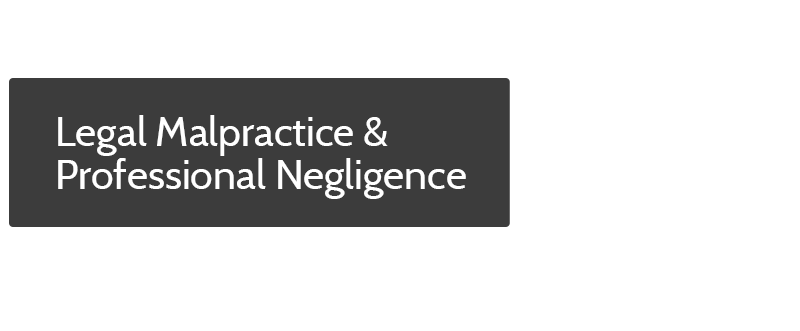What is an Unreasonable Interference With Property?
NUISANCE CLAIMS REQUIRE AN “UNREASONABLE INTERFERENCE” WITH USE AND ENJOYMENT OF PROPERTY.
In order to prevail on a nuisance claim, a plaintiff must prove that the defendant acted (or failed to act) in a manner that constitutes or created an “unreasonable interference” with the plaintiff’s use and enjoyment of [the plaintiff’s] land. The interference must be in existence at the time of the claim or lawsuit–a plaintiff’s fear or concern about a possible future interference is not sufficient to support a claim. This is equally true whether the plaintiff’s concern is based on “potential interferences” or on actual ones that have not yet occurred.
The test for unreasonableness is objective – meaning that the court will ask whether reasonable people would consider the interference an unreasonable one, when reviewing the situation in an objective and impartial manner. Thus, a situation may be found reasonable even where the plaintiff finds it intolerable – and may be found unreasonable even when the defendant believes that (s)he was behaving in an acceptable manner. The question is not what the parties believe, but what reasonable observers would think, upon learning all the relevant facts.
TO BE UNREASONABLE, THE HARM TO THE PLAINTIFF MUST OUTWEIGH THE SOCIAL UTILITY OF THE DEFENDANT’S CONDUCT.
Some actions have high “social utility” while others have less. Activities which protect the public’s health and safety, prevent disease, or promote a public interest are often harder to characterize as nuisances, when compared with those that merely serve a homeowner’s personal interests or preferences.
The duration and frequency of the interference with the plaintiff’s life or enjoyment of his or her property is also a factor courts will consider when evaluating whether a defendant’s conduct rises to the level of a legally actionable nuisance.
Additionally, courts evaluate how long the defendant’s conduct has been going on, and whether the plaintiff “came to the nuisance” or whether the defendant began the behavior after the plaintiff acquired his or her property.
While none of these factors is an absolute bar to a finding of nuisance (and none will ensure a plaintiff’s victory) they demonstrate the range of factors courts must review and consider when asked to evaluate a defendant’s behavior and determine whether, on balance, the conduct is unreasonable.
***
Disclaimer: THIS ARTICLE IS FOR INFORMATIONAL PURPOSES ONLY, AND DOES NOT CONSTITUTE LEGAL ADVICE OR CREATE AN ATTORNEY-CLIENT RELATIONSHIP BETWEEN THE AUTHOR OR THIS WEBSITE AND ANY PERSON. Your rights and experiences may vary. Never use an online article (including this one) to evaluate your legal claims. Speak with an experienced lawyer promptly to obtain a personalized evaluation of your claims, possible damages, and options. You may lose or compromise your rights if you delay in consulting legal counsel. Nuisance claims are complicated and fact-dependent. If you believe you have a nuisance claim, have had a nuisance claim asserted against you, or are involved in any other type of legal claim or matter, consult an experienced lawyer immediately for an evaluation of your possible rights and claims.














